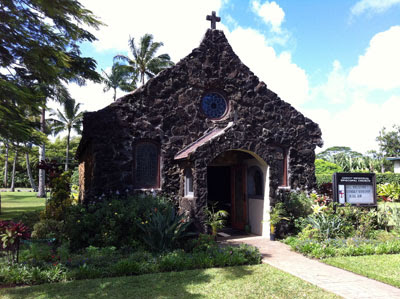The graphite pencil was probably born in England in the 16th century. While the earliest known mechanical type pencil was found aboard the wreckage of the HMS Pandora which sank in 1791, it was not until 1822 that the propelling or mechanical pencil was patented by a pair of English inventors, Sampson Mordan and Gabriel Riddle. Pencils made by these inventors are highly collectible.
 |
| A combination pen & pencil by Sampson Mordan and Gabriel Riddle |
In the early 1900s two other inventors created versions of the mechanical pencil that would pave the way for acceptance worldwide of this writing instrument. In 1915 by Tokuji Hayakawa, a metal worker who had just finished his apprenticeship, introduced the Ever-Ready Sharp Pencil. At nearly the same time, in America, Charles Keeran developed a similar pencil that would be the precursor of most of today's pencils. Keeran's design was ratchet-based, whereas Hayakawa's was screw-based. Both types of mechanisms are common today.
Recently we acquired a number of wonderful late-Victorian and early 20th century mechanical pencils in both sterling silver and gold-filled cases.
These pens with rings on top were hung from chains and chatelaines, which were an integral accessory for the well-dressed Victorian. One marvelous pencil is the one shown below. It is housed in a black enameled case studded with turquoise glass beads and holding an old photo of (what appears to be) a Prussian military officer. By the early 1900s marketers found the mechanical pencils to be an irresistible source of advertising potential. Advertisers put their logos and slogans on mechanical pencils, especially during the thirties and forties. We have a few of these in our inventory.














Comments
Post a Comment